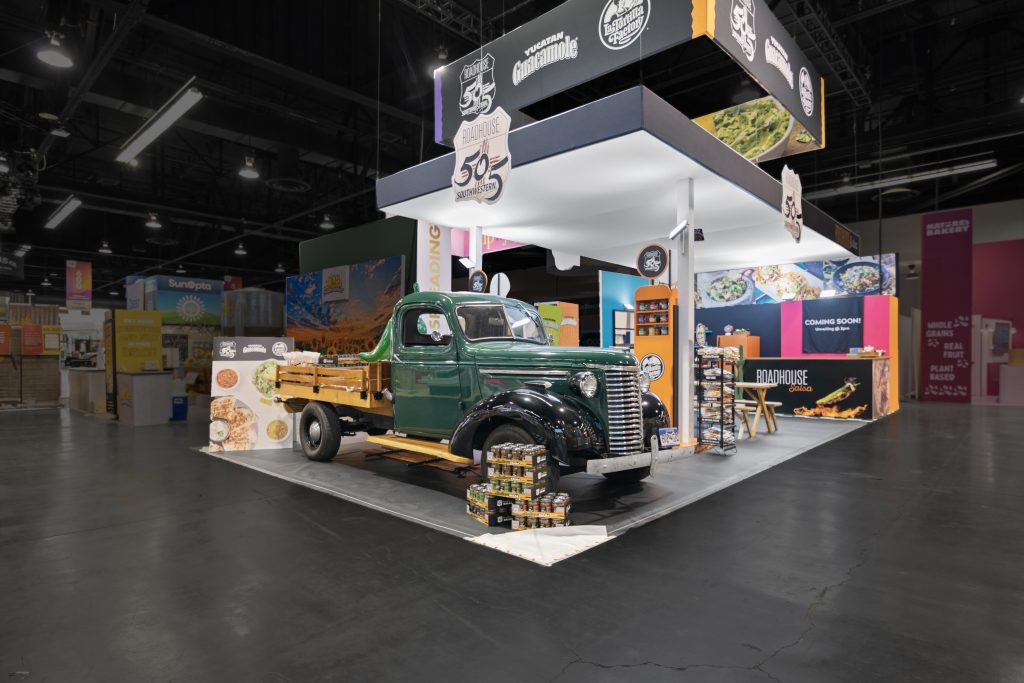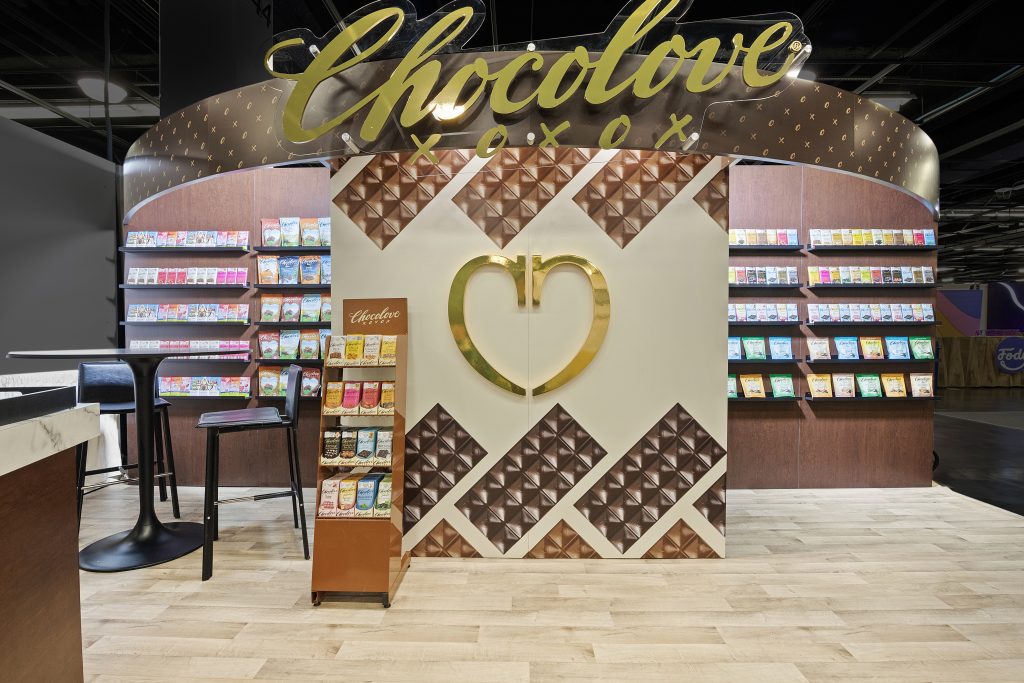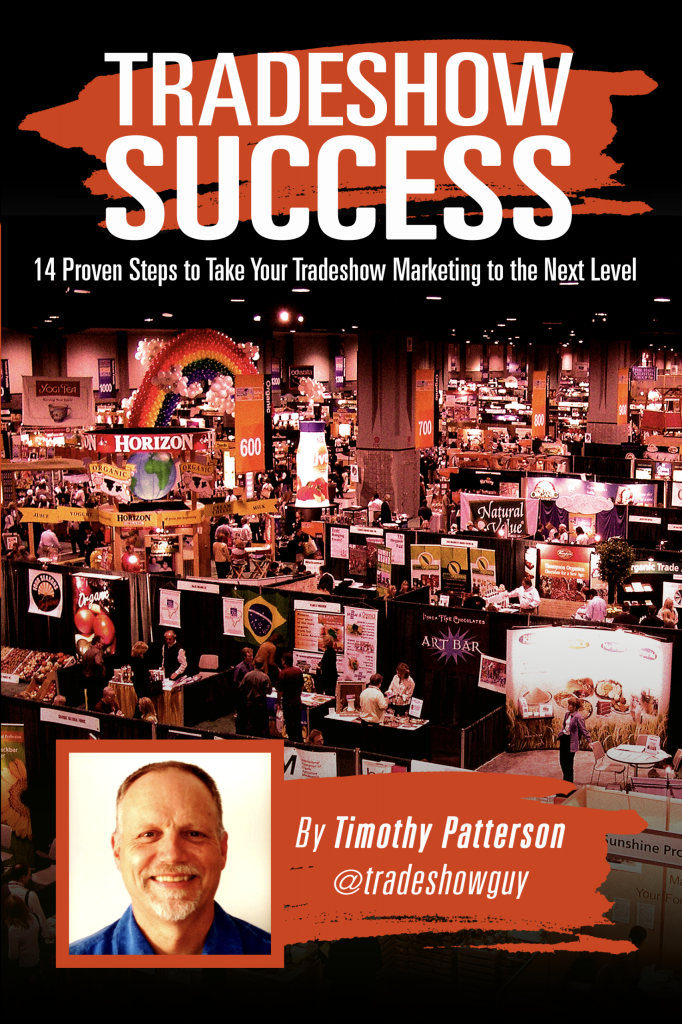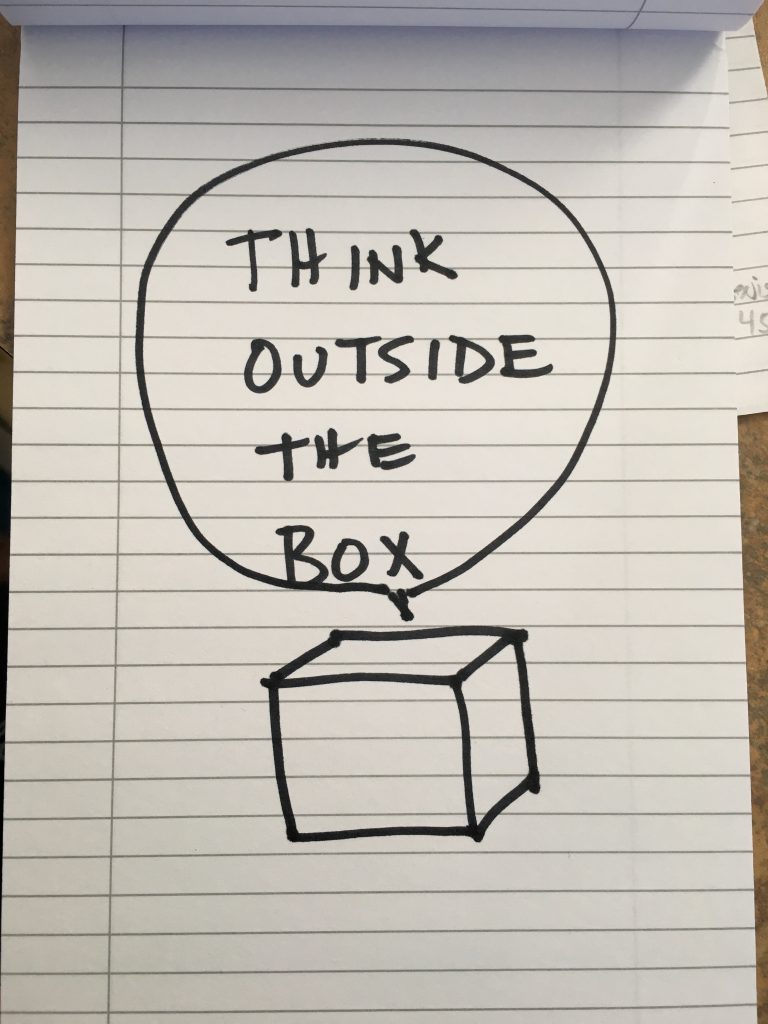Why Professional Photography of Your Trade Show Exhibit Is a Must-Have Investment
The Snap That Lasts
Trade shows move fast. One minute, your booth is a buzzing hub of activity; the next, the carpet’s being rolled up, and all that’s left is a pile of dismantled displays and a stack of business cards. But long after the crowds have gone and the swag bags have been unpacked, professional photography of your exhibit ensures that the impact of your presence lasts far beyond the event itself.
Too often, companies put enormous effort into designing a standout booth but forget to properly document it. A few blurry smartphone shots taken in a rush don’t do justice to the work (and budget) that went into the display. Professional trade show photography isn’t just about capturing memories—it’s a strategic tool that can enhance marketing, drive engagement, and maximize your trade show ROI.
Why Invest in Professional Photography for Your Trade Show Exhibit?
1. Showcasing Your Brand at Its Best
A trade show is a considerable investment of time, effort, and money. High-quality images allow you to showcase your brand’s presence in the best possible light—literally. A professional photographer knows how to capture the right angles, lighting, and composition to highlight the visual appeal of your booth, ensuring that all the details you worked so hard on are documented beautifully.

2. Marketing Gold for Future Events
Your trade show doesn’t end when the event does—at least, it shouldn’t. Professional photos can be repurposed across multiple marketing channels:
- Website – A “Trade Shows & Events” gallery can add credibility and showcase your industry involvement.
- Social Media – Engaging images from the event can drive online conversations and keep your audience engaged.
- Email Campaigns – A well-placed trade show image in your follow-up emails reinforces your brand and reminds leads of their booth visit.
- Future Promotions – High-quality images from this year’s event can help generate excitement (and attendance) for next year’s show.
3. Media and PR Opportunities
Publications, blogs, and industry websites love visually compelling content. If you’re featured in an article, press release, or industry roundup, having a set of high-quality images on hand makes it easier to get coverage. The better your visuals, the more likely your booth—and brand—will stand out in industry news.
4. Internal Documentation and ROI Analysis
Beyond external marketing, professional photos serve as a valuable internal resource. They can be used for:
- Post-show reports – Visually demonstrating booth traffic, engagement, and overall presentation.
- Stakeholder presentations – Showing executives and decision-makers the tangible results of your trade show investment.
- Future booth planning – Documenting what worked (or didn’t) for reference in designing future exhibits.
5. Competitive Benchmarking
Ever wish you had better visuals when researching your competitors’ booths? Well, so do they. A well-documented trade show presence helps you compare your booth’s impact against others in your industry and analyze design trends. Did your competitors have better attendee engagement? Was their layout more inviting? Professional photography gives you a valuable tool for strategic improvements.
How to Maximize Your Trade Show Photography
Hiring a professional photographer is step one, but to get the most out of your investment, consider these tips:
✅ Plan Ahead – Give your photographer a shot list, including wide shots of the full booth, close-ups of key details, interactions with attendees, and any live demos or presentations.
✅ Capture the Energy – Staged shots are great, but action shots of your team engaging with attendees add authenticity.
✅ Think Beyond the Booth – Get images of key signage, event branding, and the general trade show environment to provide context.
✅ Use Images Strategically – Don’t just let your photos sit on a hard drive. Incorporate them into case studies, testimonials, and content marketing.

Final Thoughts
A trade show booth is a fleeting moment—but professional photography ensures its impact lasts. High-quality images provide marketing value, internal insights, and future planning resources that far outweigh the cost of hiring a photographer. If you’re going to invest in a trade show presence, invest in capturing it properly. Because in the end, if no one remembers your booth after the show, did it even really happen?
Have you used professional photography at trade shows? How has it helped your brand? Let’s talk in the comments! 📸✨




